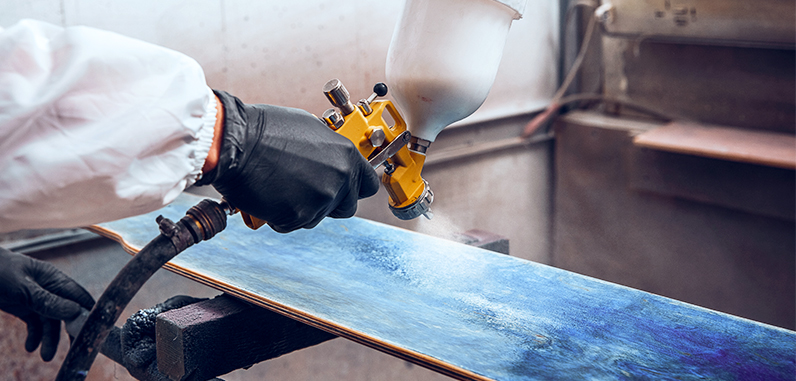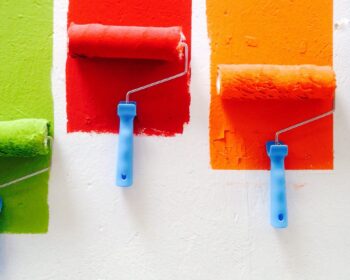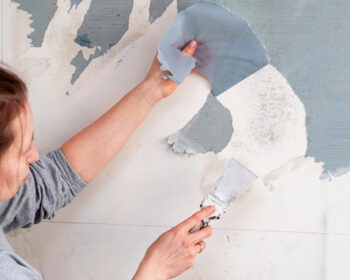
This Is How Professionals Paint Wood Paneling
Most of us might have not seen painted wood paneling or shiplap. It is because people don’t know to paint them the right way. Paneling and shiplap can act like an accent wall that make such a bold statement and add so much character to your home when painted properly. Today, we will tell you how professional residential painter Melbourne paint them.
Most paneling was from the 1950s-70s when wooden look is the staple. In 2020, unless you have real wood in a cabin or country home, it is a great idea to repaint your paneling or shiplap to give it a modern look.
In order to achieve the best result, you have to start with the right steps. It is to choose the right paint and in this case is primer. Paint will not stick easily without priming because all paneling is either real wood or faux. Priming the walls first can help cover its many sins, from smells to stains. It also provides a good surface for the paint to adhere to.
After you finished priming, it’s time to turn to your paint finish. You can treat paneling like walls, which means eggshell or satin are your best options to go with. We do not recommend you opt for semigloss finish. It is indeed easy to clean, but it also going to be too shiny on a field as big as a wall. As for matte, you will have a hard time cleaning it. So, go for those middle-ground paints.
Stop! Don’t start painting just yet! Like another wooden products, ou cannot jump right into painting without sand them first. It is necessary because if the boards are rough, no primer or paint will adhere. Then finish the process by wipe down all the dust. If you don’t want the nail holes in the wall to show, fill them with caulk now. Just let it dry, then sand the holes before you prime.
After all those preparations, now, we’ll show you two ways to paint shiplap grooves. Each of them has their own pros and cons. Choose the one that suit your situation.
The first way is to carefully paint between the boards with a small brush. This is the best way to get them done if you’re going to roller the walls but this process takes a long time. After you paint the grooves, you can roll your paint on like you would with a regular wall.
The second way is to paint with a sprayer. The upside is that the sprayer will get everything, including the cracks. The downside is that any extra time you save painting, you lose in meticulously taping and tarping the room to protect it from overspray.





